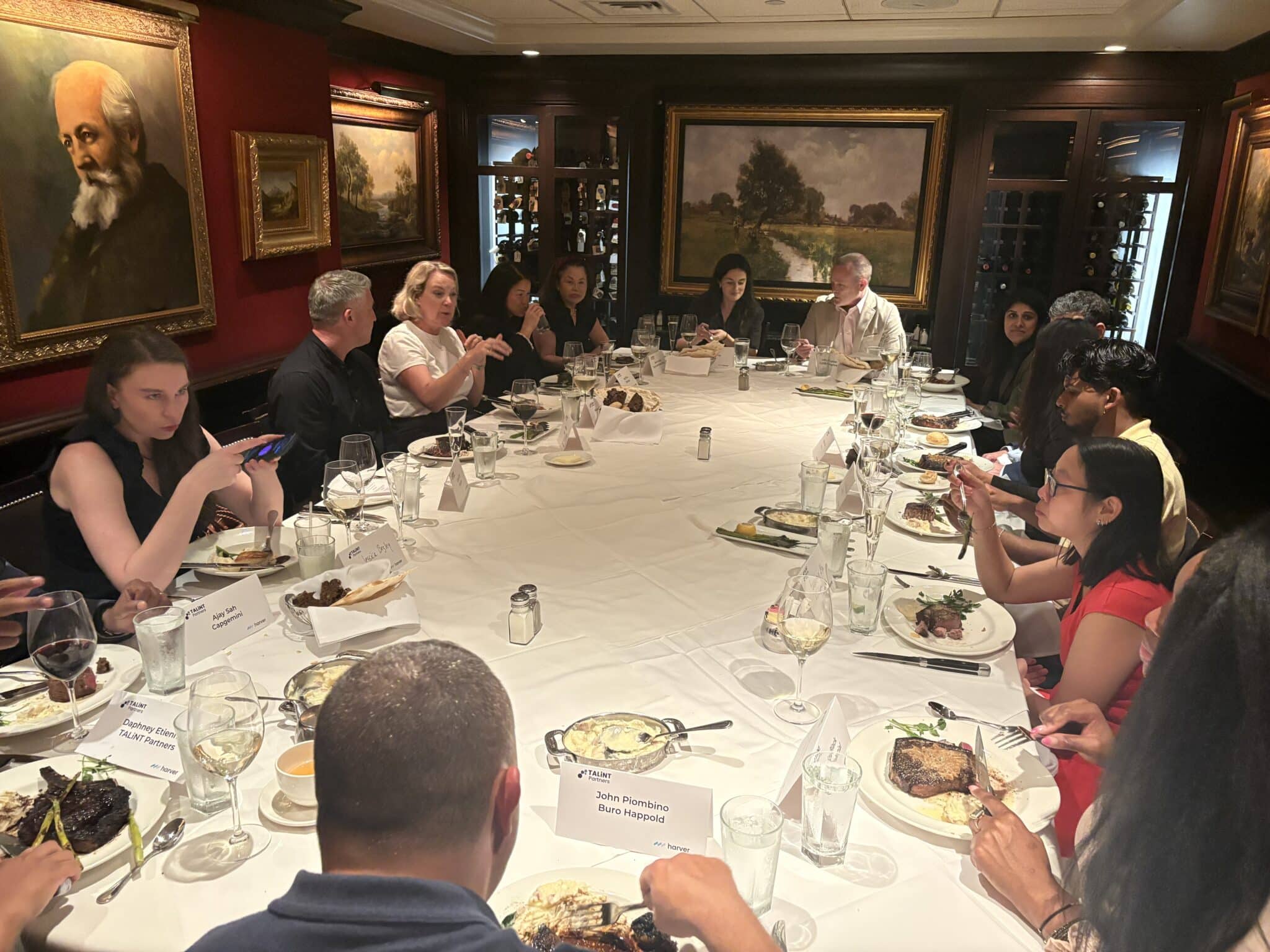The MENA region is rapidly moving closer to a digital economy thanks to the latest technological advancements and growing focus on innovation. For HR tech leaders, this shift comes with its challenges and opportunities. Organisations need to take essential steps to navigate this evolving landscape, including building a strong tech talent pipeline, fostering a digital-first workplace culture, as well as understanding how digitalisation impacts their processes. We put together our thoughts on how HR leaders in the region can work to effectively manage these changes.
Building a tech talent pipeline
As the demand for tech talent continues to rise, building a strong pipeline of skilled professionals is essential. One effective strategy is to partner with educational institutions. By collaborating with universities, colleges, technical schools, and even coding boot camps, organisations can create programs that align with industry needs. This also means they’re engaging their future talent pool ahead of time. Offering internships, apprenticeships, and work experience programs to help bridge the gap between education and employment, ensuring a steady flow of qualified candidates.
Investing in upskilling and reskilling is also crucial due to the rapid pace of technological change. Continuous learning will be vital, and organisations should invest in programs that help current employees develop new skills and stay relevant. This can include online courses, workshops, and certifications in emerging technologies such as artificial intelligence, machine learning, and cyber-security.
Additionally, leveraging global talent pools is a valuable approach in the digital economy, which allows for remote work and global collaboration. By tapping into international talent pools, organisations can find the best candidates regardless of their location. This approach helps fill skill gaps and brings diverse perspectives to the organisation.
Promoting innovation is key. Encouraging employee-led projects, hackathons, and innovation labs not only attracts top tech talent but also creates an environment where creativity and problem-solving thrive.
Creating a digital-first workplace culture
Creating a digital-first workplace culture is imperative if you want to not only attract but retain tech talent. A key aspect is embracing flexible work arrangements. Remote work and flexible schedules are becoming the norm in the digital economy. By offering flexible work arrangements, businesses can accommodate to different lifestyles and preferences, making their organisation more inclusive, while enhancing employee satisfaction and productivity.
Implementing digital collaboration tools is another step. Investing in tools like Slack, Teams, and Zoom can help facilitate communication, collaboration and teamwork. These tools help to create a seamless and connected work environment, even for remote employees, ensuring that everyone can stay connected, engaged and productive.
Promoting digital literacy is also pivotal. Ensuring that all employees have a foundation of understanding of digital tools and technologies is important for any organisation. Offering training sessions and resources can help employees become comfortable with new technologies and integrate them into their daily work, boosting overall efficiency and innovation.
Implications of digitalisation on HR and recruitment processes
Digitalisation is transforming HR and recruitment processes in a huge way right now. A major implication is the shift towards data-driven decision making. Digital tools and analytics enable HR leaders to make informed decisions through analysing data on employee performance, engagement, and turnover. This allows HR to identify trends and improve recruitment and retention strategies effectively.
Another key impact is the enhancement of candidate experience. Digital recruitment platforms and applicant tracking systems (ATS) help to streamline the hiring process, making it more efficient and user-friendly. Candidates can apply for jobs online, track their application status, and receive timely updates, which significantly enhances their overall experience.
Automation of routine tasks is a key benefit of digitalisation. Tasks like CV screening, interview scheduling, and onboarding can be automated, freeing up HR leaders to spend time focusing on more strategic priorities and complex tasks that require human intervention This doesn’t just improve efficiency, but also allows HR teams to contribute more value to the organisation.
Digital tools can also play a vital role internally for organisations, improving employee engagement. Platforms fr feedback, recognition, and communication, like employee engagement surveys, performance management systems, and internal social networks, will help to create a more connected and motivated workforce. These tools facilitate better communication and recognition, leading to higher levels of employee satisfaction and overall engagement.
Looking ahead
The digital economy in MENA is revolutionising how organisations approach talent acquisition and development. For HR tech leaders, the challenge lies in building a robust tech talent pipeline, fostering a digital-first workplace culture, and adapting HR and recruitment processes to suit the shifting needs and preferences of the workforce. Embracing these strategies is not just about staying competitive – it’s about driving innovation and preparing your workforce for the future.





